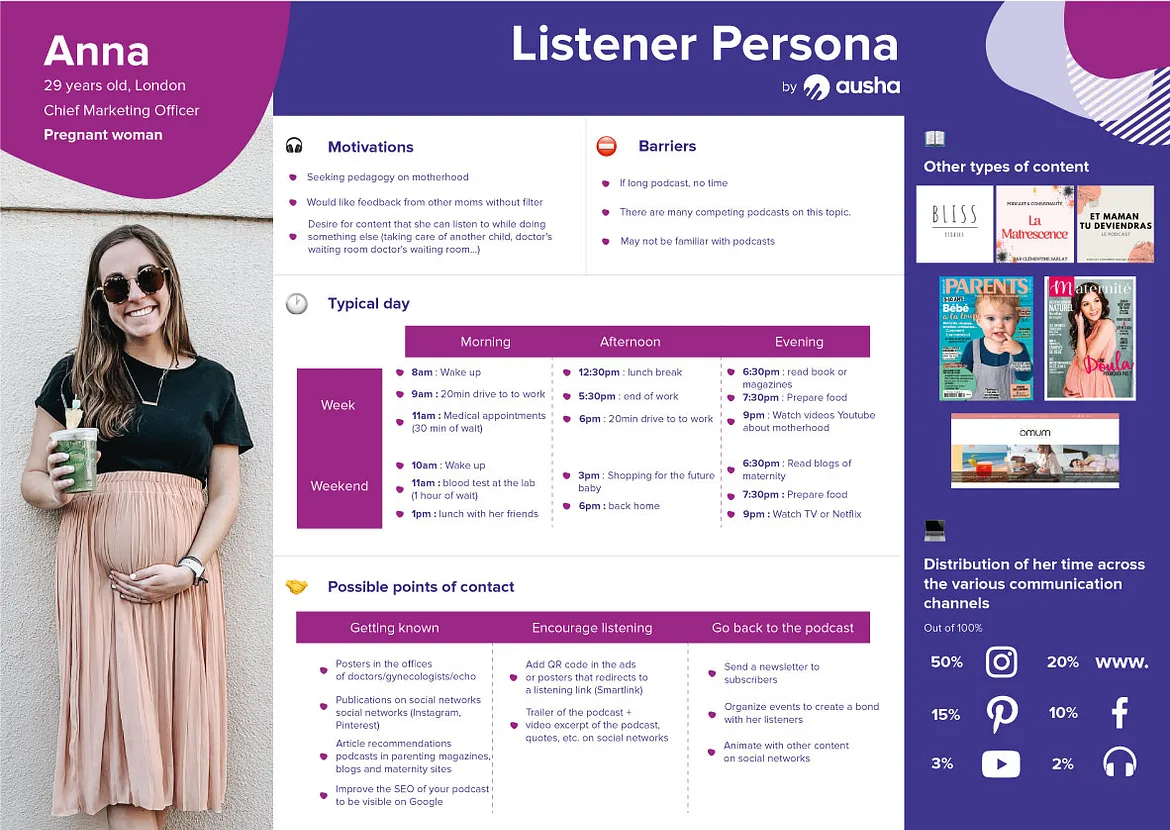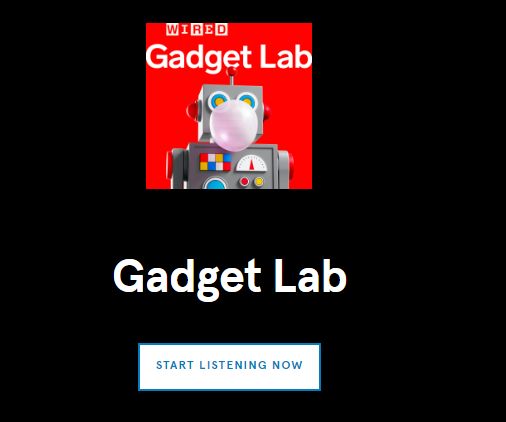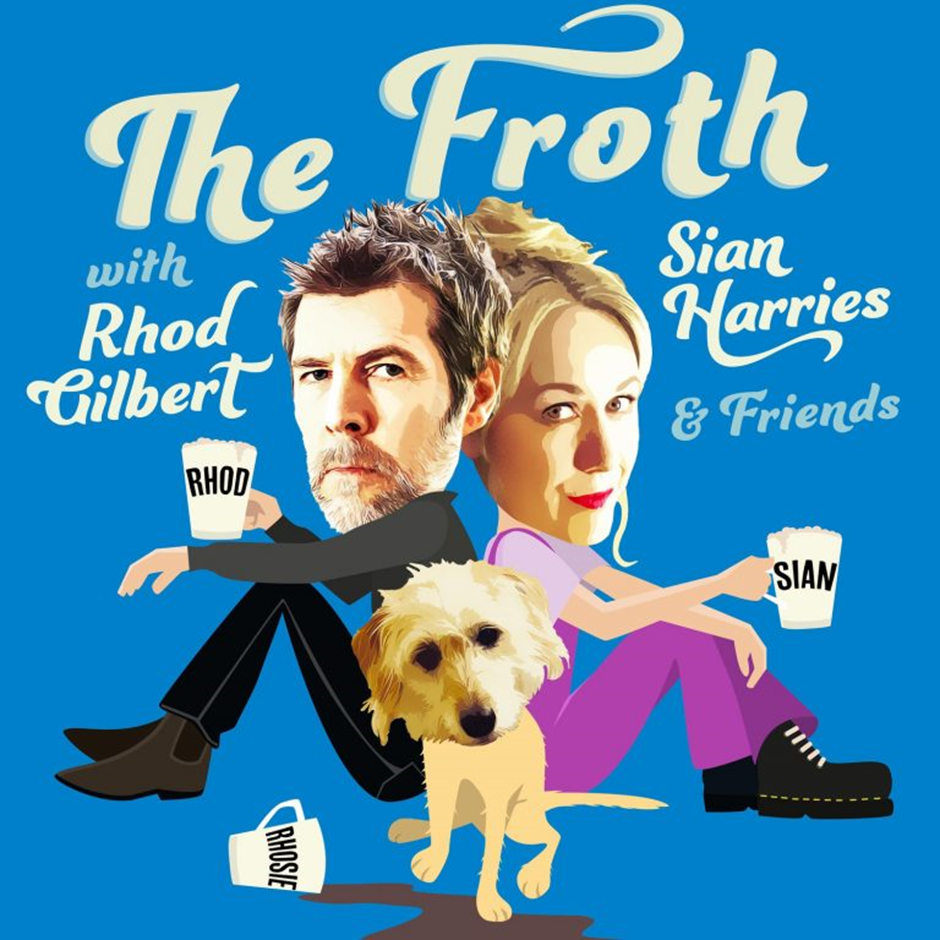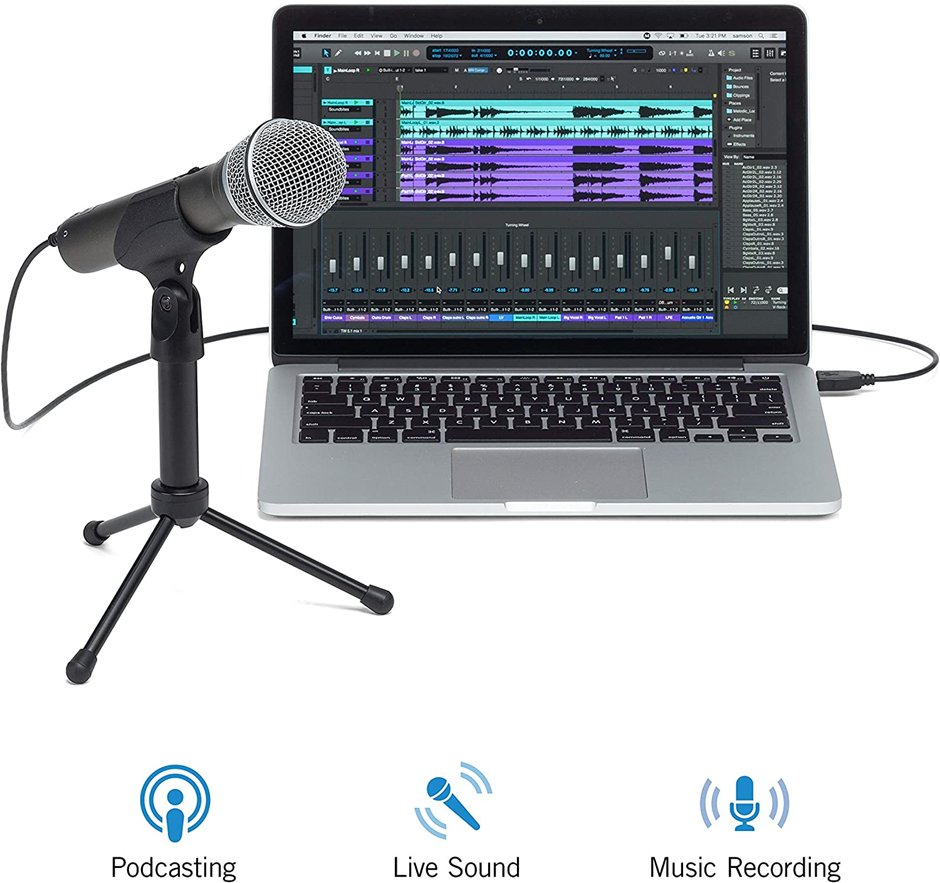In this article, I am going to tell you about 5+ Tips to Start a Podcast with No Audience. So if you want to know about it, then keep reading this article. Because I am going to give you complete information about it.
A podcast is a digital audio series focused on a particular theme or topic and is made available for listening or downloading. Podcasting presents a low-competition marketing opportunity. If you know how to start a podcast with no audience, you can promote your brand at almost no cost.
You get excellent results, too.
According to Influencer MarketingHub, there are more than 460 million podcast listeners. That number is expected to increase to a whopping 504.9 million by 2024!
Podcast listeners will tune in on their commute, in bed, at the gym, or even on a long flight. Therefore, with a podcast, you have a shot at becoming an integral part of people’s lives and their everyday conversations.

Today’s article focuses on the same, i.e., “5+ Tips to Start a Podcast with No Audience” The articles entail each bit of information necessary for you to know.
Let’s get started!✨
Table of Contents
5+ Tips to Start a Podcast with No Audience
Starting a podcast with no existing audience is easy. Here are six key tips you should just follow:
1. Create a listener persona
A listener persona tells you who the ideal person is to share your podcast message with. You need to create your listener persona so you’ll know the types of content that resonate with them in the first place. A good example of a listener persona for a podcast is shown below.

But how do you create your listener persona? Just know your target audience.
Look at their demographics, such as their age, gender, income, education, where listeners live, socio-economic status, etc.
In creating your listener persona, you should also ask the following questions: What are your listeners’ potential habits? Are they exercise junkies, adrenaline fits, or do they prefer a more laid-back lifestyle? What are their challenges and aspirations? How will your podcast fit into their narrative and what solutions will you provide?
There are several ways you can get all this information:
- Use email outreach with surveys attached.
- Use tools like Google Surveys and Survey Monkey to deploy pop-up surveys on your site.
- Use Google Analytics to track user behavior across your website (if you already have one).
- Jump on social media to find out what your target audience is into.
The more complete your listener persona, the better. Once you have your listener persona, you can come up with the type of podcast to air and podcast topics.
2. Choose a podcast title
Your podcast title tells a potential listener who you are and what your show is all about. So, you need to make sure you come up with a good title.
Get creative and keep it relevant and exciting for your ideal listener. For example, the WIRED’s Gadget Lab podcast title is suggestive, and you can easily tell from the name that it provides catch-up on all the latest tech news.

Also, your title should include the most relevant keywords. This can help improve the visibility of your podcast. For example “The Self Love Fix” uses the keyword “self love”. So when someone interested in that content looks up the keyword, the podcast pops up.
Check out the screengrab below from Spotify’s top stories podcasts for inspiration.

Notice that the podcast titles are short and succinct. Although podcast names can have up to 255 characters, only a few have that. A whopping 75% of all podcast titles have 29 characters or below. Why? Because the shorter your title, the more it packs a punch.
3. Be clear with your podcast branding
You should have a clear understanding of how you want your podcast to be perceived. Do you want your podcast to be perceived as fun? Or maybe you prefer a more serious branding? The branding you choose should depend on what your target audience wants. So, you’d need to go back to your listener persona.
Once you’ve determined your branding, ensure all your podcast elements reflect that branding.
Your cover art is what people see when they search for your podcast. It’s also a requirement to submit cover art to podcast hosting providers or distribution channels. So, if you decide you want to be perceived as fun, this should be seen in your cover art. The Froth podcast, for instance, has great cover art complementing its comedy genre.

Your branding should also show in the general tone and language of your podcast. For example, the Joe Rogan Experience and other podcasts have branded themselves in more of a conversational, raw, and unfiltered style.
Choose the right podcast music that reflects your chosen podcast branding as well.
4. Invest in quality recording gear
Nothing is more important for a successful podcast than good quality sound. Otherwise, you’ll turn off your listeners and send them to the next best podcast. With improved versions of the iPhone, Samsung, and other Android phones, you can get decent audio quality and video recording.

As you up your game, you might want to invest in an external podcast microphone such as the Samson Q2U (shown above). Additionally, you might want to purchase a shock mount that reduces the effect of mic vibrations.
A windscreen foam or “pop filter” will allow you to get a crisper sound and reduce that awful “spitting” effect that comes with a plain mic. Another essential for the mic is a boom that allows you to move it around, and good quality headphones.
For technology, you need recording and editing software. Ferrite and Riverside.fm allows you to record multi-channel audio tracks which is essential for podcast interviews with multiple podcast guests. For publishing your podcasts to channels such as Apple Podcasts, Spotify, and IHeartRadio, Spreaker (shown above) comes highly recommended.
Before investing in equipment, manage your requirements in a centralized place. This way, you can see the tools you need and their required specifications for defined tasks such as podcast recording and hosting.
5. Create a landing page
A podcast landing page is an essential part of podcast content promotion. It’s a standalone page that helps get you more subscribers and listeners. In other words, you need to create a good landing page if you want your podcast to gain traction.

An example of a great podcast landing page is shown above. It includes a catchy headline, “Boost your business weekly.” It’s catchy especially to business owners because that’s their primary goal. You can also see the benefits listeners can derive from the podcast in the form of bullet points.
The call-to-actions are also visible on the page. If people don’t want to listen to the podcast, they can just avail of the lead magnet and subscribe to the podcast email list by clicking on Download the Guide. They can also check previous episodes.
Your podcast landing page should also include social media buttons for quick sharing. This isn’t just a great way to boost the promotion of your podcast. It’s an excellent way to enhance your social media engagement, too. With the right landing page, you can easily get Facebook comments, Instagram likes, and retweets. We’ll talk more about engagement strategies below.
Also, include testimonials on your landing page once you get your first listeners. This social proof is exactly what you find with the landing page example above if you scroll down:

You can create an effective landing page with apps such as SeedProd for landing pages, or Canva. Alternatively, you can outsource this task to an experienced designer.
You can promote your podcast landing page by using outreach through link inserts, which will get your landing page linked to websites with high domain ratings.
6. Create an engagement strategy
In knowing how to start a podcast with no audience, your engagement strategy is what drives your success. This could mean leveraging your existing social media followers, your LinkedIn network, a niche group on Facebook, or even friends and family.
Having a website or blog isn’t a prerequisite for starting a podcast, but it certainly helps. For social media, you can create a video of your podcast recording. You can then split the video podcast into 15, 30, and 45-second audio clips of the podcast topic. Post these on your different social media channels.

Instagram influencer and podcast host @hannahberner, for instance, has mastered the art of promoting her podcast. She shares short (mostly fun) clips on her IG, which naturally drives traffic to her content.
You can also transform your MP3 files into video (called audiograms) and incorporate animation and cool graphics into the clip using software such as Wavve. These smaller audiograms can be promoted on social media platforms through branded hashtags. Just make sure you include a nice caption before you hit that Publish button. Use this generative AI guide to write catchy ones if you don’t have the time to create your own.
Check out some other useful engagement strategies for your podcast below:
- Send subscribers weekly or monthly newsletters about your latest podcast offer. Use podcast email marketing for your outreach efforts, too.
- Join podcast communities more specifically in your niche. Some famous examples include She Podcasts, Hot Pod Pro, and The Podcast Brunch Club.
- Repurpose your podcast content for other marketing channels. For example, you could create a new blog post from an episode
As a new podcaster, you might also want to invite guest hosts and leverage their networks to promote your content.
Conclusion:)
Hosting a podcast is great fun and you’ll learn a lot while at it. Through podcasts, you can grow connections and get your voice heard. If you’re unsure how to start a podcast with no audience, then follow the points we’ve discussed in this piece.
Choose a cool podcast name that aligns with your niche after building a listener persona. Focus on your branding, and invest in the right podcast tech. Don’t forget to create an impressive landing page for your podcast to harness all the new traffic and improve your listener outreach. Also, create an engagement strategy.
Good luck on your journey to becoming the newest podcast host in town!
Read also:)
- 10+ Tools for Creating Podcasts: A-to-Z Guide for Beginners!
- How to Make a Podcast: A-to-Z Guide for Beginners!
- How To Collaborate With Brands: A-to-Z Guide for Beginners!
So hope you liked this article on 5+ Tips to Start a Podcast with No Audience. And if you still have any questions or suggestions related to this, then you can tell us in the comment box below. Thank you so much for reading this article.